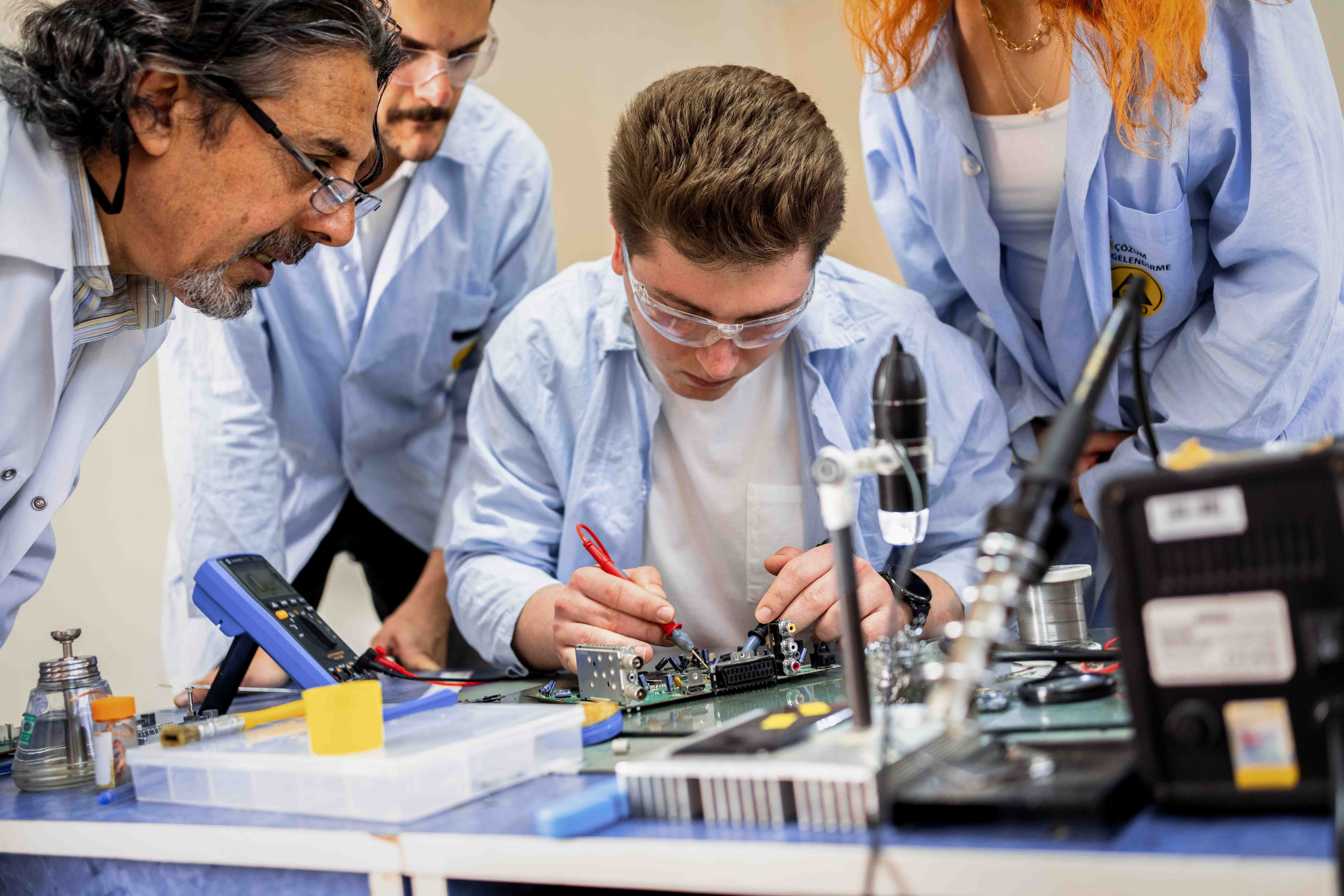Afterschool and summer programs provide something school often can’t: the freedom to explore, experiment, and connect learning to real life without the added pressures of grades or tests. For many youth, these programs are where early sparks of interest in science, technology, engineering, and math (STEM) begin to take shape.
But interest alone isn’t enough. Without clear guidance or opportunities to see what’s possible, many young people lose momentum before they can fully imagine a future in STEM.
That’s why STEM Next is excited to share a powerful new tool for programs nationwide: the Career-Connected Learning Framework. Designed specifically for out-of-school-time providers, this framework helps programs embed career awareness, exploration and preparation into their activities in ways that are practical, age-appropriate, and grounded in both research and real-world relevance.
From Curiosity to Career Confidence
At its core, career-connected learning is about helping youth understand the world of work, build critical life skills, and imagine themselves in a range of future possibilities. It’s not a one-time lesson or field trip. It’s a learning journey—one that builds over time through exposure, exploration, and experience.
Afterschool and summer programs are uniquely positioned to support this journey. With flexible learning environments and strong community connections, these programs can introduce youth to careers early on and deepen that engagement over time in ways that feel personal, relevant, and inspiring.
The Career-Connected Learning Framework outlines three stages of that journey:
- Career Awareness (Elementary School): Youth begin to understand what a career is and see examples of STEM jobs in their community. Programs build durable skills like teamwork, communication, and goal setting while helping kids explore their own interests and strengths.
- Career Exploration (Middle School): Youth dig deeper, using career interest tools, engaging in hands-on projects, and learning about STEM professionals in ways that feel tangible and relevant. This stage helps young people connect what they’re good at to real possibilities.
- Career Preparation (High School): Students test their interests through internships, youth-led projects, or leadership roles. These experiences utilize role-models and mentorship to build confidence and deepen knowledge. As older youth develop workforce readiness skills, they can start to solidify a vision for what comes next.
Across every stage, four key strategies bring this framework to life:
- Build durable skills like problem-solving, persistence, and collaboration—alongside technical STEM skills like measurement and tool use.
- Make STEM career connections visible by embedding real-world relevance into activities and inviting STEM professionals to share their experiences.
- Involve families and communities by celebrating everyday role models—such as electricians, healthcare workers, or agricultural scientists—who help young people see that STEM is everywhere and for everyone.
- Create connected pathways through partnerships with schools, museums, colleges, and workforce organizations that support a continuum of opportunity.
Why This Matters
STEM jobs are growing at nearly twice the rate of non-STEM jobs, and many of tomorrow’s careers don’t even exist yet. But only a small fraction of young people today have access to the kinds of STEM learning that help them explore and prepare for those futures.
Even when kids show early interest, that spark often fades without guidance. The Career-Connected Learning Framework helps programs turn that curiosity into consistent engagement—giving youth the tools, support, and opportunities they need to thrive.
This framework and the broader strategy behind it would not be possible without the generous support of our partners who have already invested in advancing career-connected STEM learning through afterschool and summer programs. We’re deeply grateful for their investment.
STEM Next created the Career-Connected Learning Framework as part of its Exploring Career Connections in STEM initiative, a project supported by a federal grant from the U.S. Department of Labor’s Employment and Training Administration. The product was created by STEM Next Opportunity Fund and does not necessarily reflect the official position of the U.S. Department of Labor. The U.S. Department of Labor makes no guarantees, warranties, or assurances of any kind, express or implied, with respect to such information, including any information on linked sites and including, but not limited to, accuracy of the information or its completeness, timeliness, usefulness, adequacy, continued availability, or ownership. This product is copyrighted by the institution that created it.


